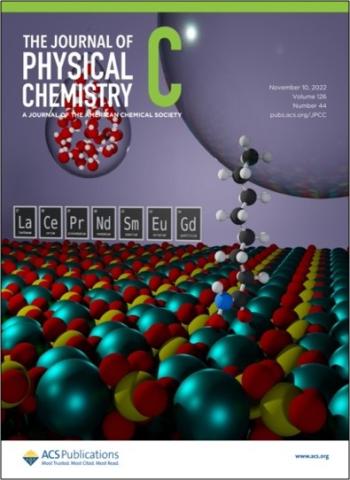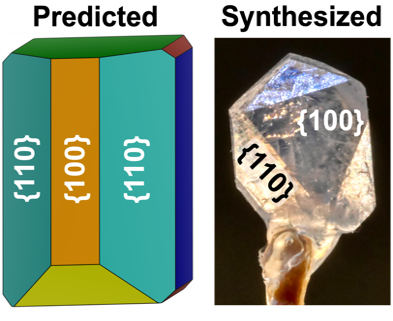
CMI researchers at Oak Ridge National Laboratory and Arizona State University conducted the research for this highlight
Innovation
Uncovered the predominant facets of rare-earth mineral, monazite, by leveraging density functional theory (DFT), spectroscopy, and calorimetry to facilitate the research and design of future collector ligands for use in froth flotation applications.
Achievement
- First-principles calculations and XRD spectra reveal that low-index facets dominate the crystal morphology, largely independent of the amount of adsorbed water.
- Demonstrated good alignment between theoretical predictions and experimental measurements of surface energy for a monazite particle.
Significance and Impact
- Provided the first prediction of an ideal lanthanum monazite particle via thermodynamic Wulff construction from 11 candidate facets.
- This foundational work enables the future research and design of novel collector ligands that drive monazite beneficiation processes, facilitating enhanced rare-earth production.
Hub Targets Addressed
Highly selective separation from complex sources. Increasing the speed of discovery and integration. Predictive models for “real” materials.
Gibson, L. D.; Jayanthi, K.; Yang, S.; Thiele, N.; Anovitz, L.; Sacci, R.; Navrotsky, A.; Bryantsev, V. S. Characterization of Lanthanum Monazite Surface Chemistry and Crystal Morphology through Density Functional Theory and Experimental Approaches, The Journal of Physical Chemistry C, DOI: 10.1021/acs.jpcc.2c06308

